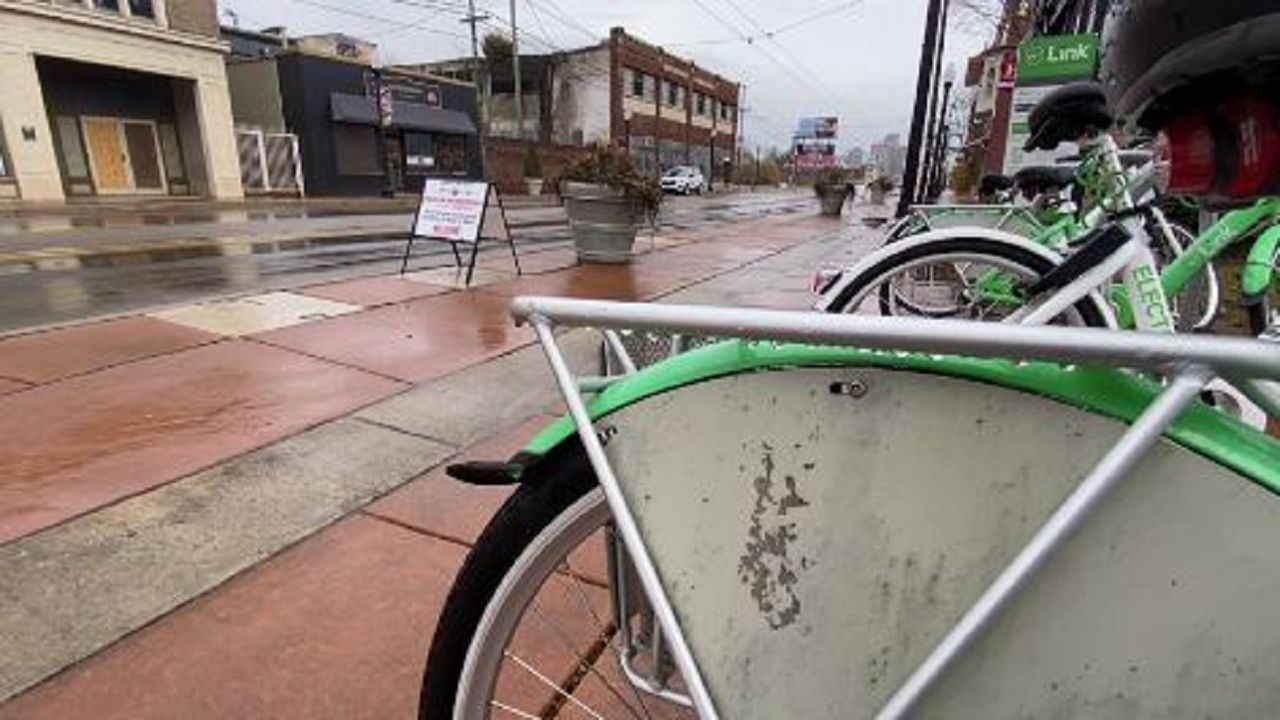COLUMBUS, Ohio — The Ohio State University is set to receive $1.2 million from the U.S. Department of Agriculture.
The money will be spent researching climate-smart agriculture practices.
Spectrum News 1 agriculture expert Andy Vance said OSU’s grant specifically looks at robotic irrigation systems.
“One of the ways that farmers have gotten much more efficient with their inputs in resources like fertilizer and other crop nutrients is by figuring out how to put those nutrients in the soil or on the field at just the right time, in just the right amount, so we’re not over-applying some of these nutrients,” he said. “The idea here is if we do this robotically with our irrigation systems, we can be even more efficient at dialing in the precise amount of nutrient at the precise time for the plant to get the most use.”
According to Vance, the technology farmers utilize has grown exponentially over the past three decades.
“You go back to when I was a kid and we were just broadcast applying fertilizer or phosphorus or other nutrients over the field whenever we thought was the right time. And the way that you would grow more pounds of product, more bushels to the acre is just by applying more. If a little is good, a lot is better. And then the technologies have allowed us to not apply more and more and more, but to apply just the right amount in the right place. And there’s little to no waste that goes off into our waterways then,” Vance said. “This is making us much more efficient, which is good for the waterways, good for the soil and good for the farmers’ profitability, which is also important and is good for, you know, the overall picture of our climate and conservation responsibilities.”




